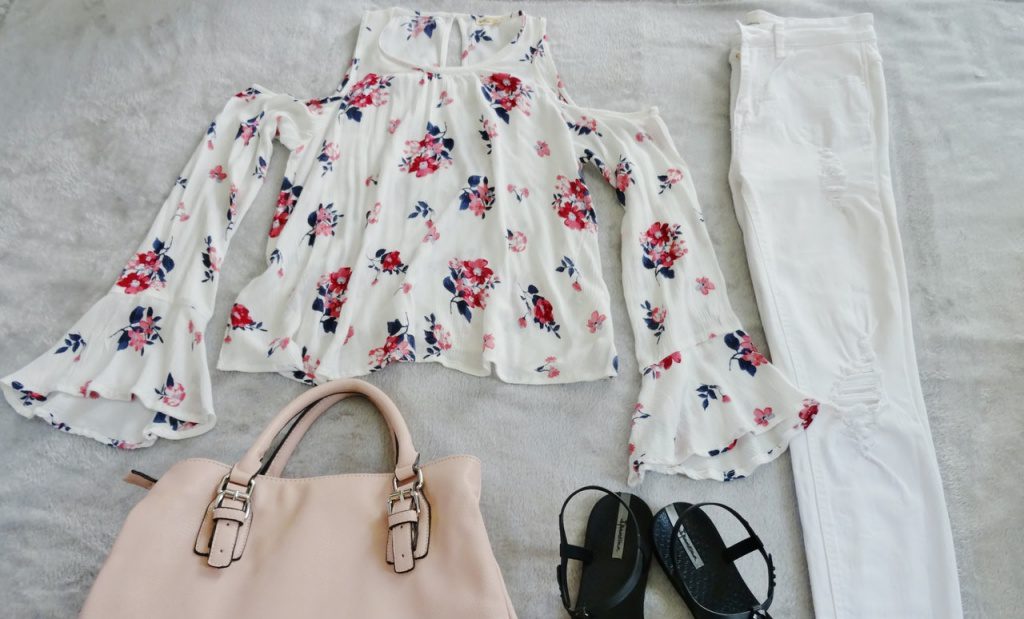The quest to find ways to strengthen and nourish hair is a common response to the problem of dry, damaged, or brittle hair. Protein hair treatment, which includes putting products containing proteins in the hair to restore and strengthen it, is a popular choice. Yet, it may be challenging to figure out which protein therapy is best for you because of the wide variety of options. In this post, we’ll talk about the many protein treatments available, how to determine your hair’s type and condition, the pros and downsides of getting a protein treatment, what to look for in a good at-home or professional salon protein treatment, and more.
Hair Protein Treatments: Everything You Need to Know
Many hair protein treatments exist, each with its own set of advantages and applications.
Standard protein therapies often include the following:
When you have a keratin treatment, a liquid keratin solution is applied to your hair and then you use heat to lock it in. Keratin is a protein that occurs naturally in hair. This treatment is well-known for its effectiveness in taming unruly hair, bringing out its natural shine, and making it easier to maintain.
Using a substance containing collagen to the hair in order to strengthen and restore it is what is meant by a “collagen treatment,” and collagen is another protein present in hair. Fine or thinning hair might benefit greatly from this treatment since it can make their hair seem thicker and fuller.
Milk protein is a mild and nutritious protein that may be utilized to restore hair’s health and vigor. Those with dry or damaged hair may benefit greatly from this treatment since it can assist in restoring moisture and hydration to the hair.
Wheat protein is a kind of protein found in wheat, and a wheat protein treatment uses a product made from wheat protein to repair and strengthen the hair. For people who have had their hair chemically altered, this therapy is beneficial since it may help restore the hair’s natural strength and vitality.
How to Determine Your Hair’s Kind and Condition
It is essential to determine your hair type and condition before selecting a protein treatment.
This information will be useful in choosing an appropriate protein therapy for your condition.
The following are some factors to think about while determining your hair type and condition:
- Is your hair fine, medium, or coarse?
- How porous your hair is indicates whether or not it readily takes in moisture.
- Do your strands crack or break when stretched, or do they spring back to their original shape?
- Do you have dry hair? Is it damaged? Is it healthy?
- Your hair type and current state will determine which protein treatment is best for you.
Protein Hair Treatment: Pros and Cons
One of the best ways to enhance your hair is to treat it with protein, which will also make it stronger, smoother, and easier to maintain. Over-processing and hair breakage are among the hazards associated with protein treatments that should be considered. The pros and cons of using protein in hair treatments are as follows:
Benefits:
- Hair that has had a protein treatment is stronger because the treatment helps to fill up the tiny fissures and nicks in the hair shaft.
- Helps restore strands that have been weakened by exposure to heat, chemicals, or the elements using a protein therapy.
- Hair that has been treated with protein often has a smoother texture, more shine, and is easier to style.
- Protein treatments are another option for thickening and enhancing the volume of fine or thinning hair.
Risks:
- Too much processing: If you use protein treatments on your hair too often, your strands will become over-processed and more prone to breaking.
- Allergies: Some individuals may experience stinging, redness, or a rash on the scalp as a response to the chemicals in protein therapy solutions.
- Residue from protein treatments may build up over time, leaving hair looking dull and lifeless.
- Problems might arise when attempting to combine several treatments on the hair; for example, a protein treatment is not always compatible with other hair treatments like coloring or relaxing.
- You can determine whether a protein treatment for your hair is correct for you by learning about the advantages and disadvantages of this procedure. Carefully following the guidelines and selecting a reputable salon will help reduce potential complications and maximize positive outcomes.
There are some potential side effects of protein hair treatments, but they may be reduced by using a reputable salon or product and following the directions carefully. Avoiding excessive protein treatments is also vital since doing so might have the reverse effect, leaving the hair fragile and brittle.
Protein Therapy: What to Think About Before Selecting
There are a number of elements to think about before deciding on a protein treatment for your hair.
Some essential considerations include the following:
- The prior discussion highlighted the need of selecting a protein treatment that is customized to your hair type and current state.
- Hydrolyzed keratin or collagen are two examples of high-quality protein compounds that you should look for in a product.
- Keep in mind that the processing time for certain protein treatments is much greater than that of others, and make your selection accordingly.
- Protein therapies come in a wide range of prices, so it’s essential to choose one that works with your budget.
- Reputation: When choosing a protein treatment product or salon, choose those with a stellar reputation.
- Taking these into account will help you choose a protein therapy that meets your needs without breaking the bank.
Everything You Need to Know about Protein Treatments, Whether You’re Doing Them at Home or at Salon
Hair may be treated with protein at either home or at a salon. To maximize your chances of a successful protein therapy, consider the following:
- Please follow all directions to the letter: Before using your protein therapy product, please read the included directions thoroughly. If you want to prevent over-processing or harming your hair, you need to follow the directions to the letter.
- Choose the appropriate item: If you want to improve the health of your hair, you should use a protein treatment. Go to a specialist in the field of hair care if you’re having trouble deciding which product to buy.
- In order to get the most out of your protein treatment, wash and dry your hair completely before applying it. You should wash your hair with a clarifying shampoo to get rid of the buildup.
- Evenly distribute the protein treatment throughout your hair, focusing on the ends where damage is often concentrated.
- Apply heat: heating your treatment area will aid in the protein penetrating your hair shaft. In accordance with the manufacturer’s recommendations, you may use a hair dryer or a heat cap.
- Be sure to give your hair a good, long rinse after the treatment to get rid of any remaining protein. Use a deep conditioner after your protein treatment; this will help restore moisture and softness to your hair, which may have been dry and brittle after the protein treatment.
If you follow these guidelines, your next protein treatment at home or at the salon will be a success, and you can look forward to healthier, stronger hair.
Conclusion
Finally, if your hair is weak or damaged, a protein treatment is an excellent choice. If you know your hair type and condition, as well as the pros and disadvantages of the many protein treatments out there, you can choose one that is good for you without breaking the bank. Overprocessing, allergic responses, buildup, and incompatibility with other therapies are only some of the dangers that might arise from using protein as a therapeutic. Avoiding potential problems and maximizing the benefits of protein treatment for gorgeous, healthy, and strong hair may be done by following the advice we’ve given and shopping at a reputable salon or spa. To improve your hair’s health and appearance, try increasing the amount of protein you’re already using.


